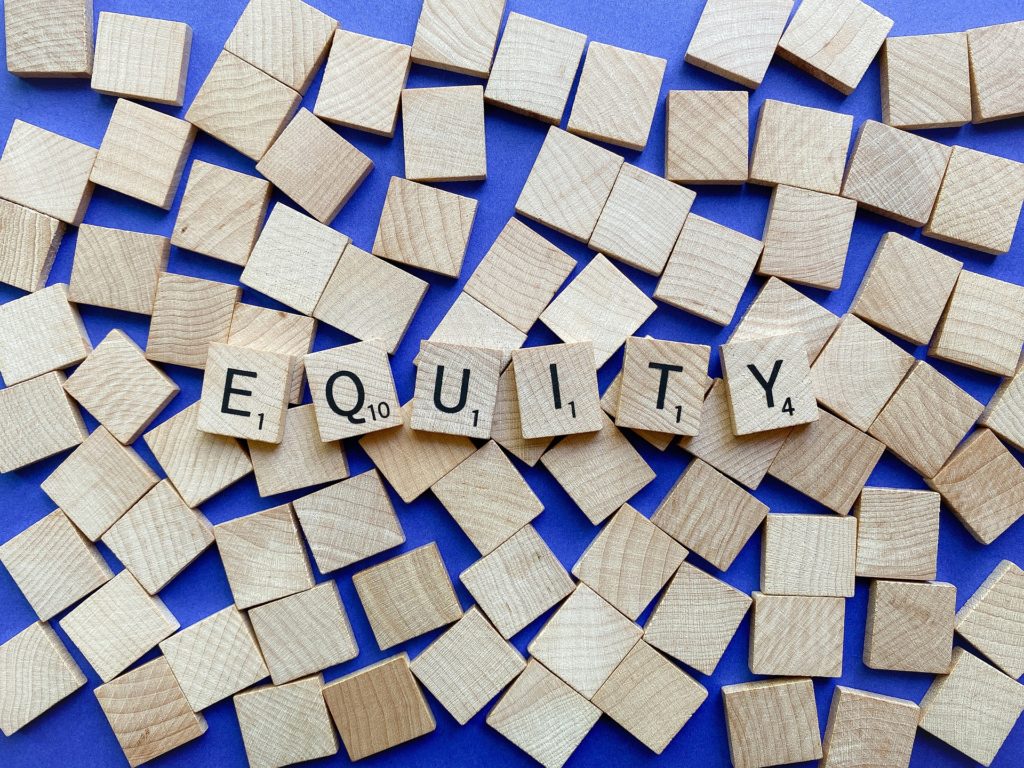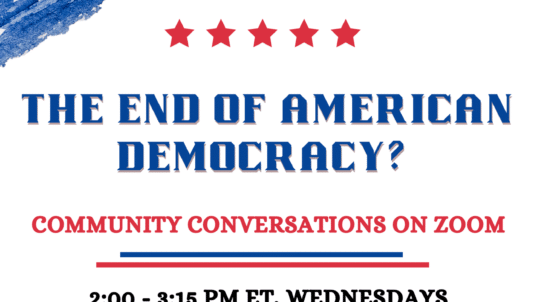
Image by Wokandapix from Pixabay
Tom’s first sense of equity was spurred in elementary school. His school held an annual “march of dimes” in honor of President Franklin Roosevelt and to support polio research. Children would bring dimes to school. They would march around the hallway and then drop a dime into a bucket. The last child to continue marching was honored by the principal. Tom collected dimes by collecting pop bottles to be returned to the local bottler. He was proud to contribute to the cause. But it bothered him that children of wealthy families always won, even though they made no effort to earn the dimes they deposited during the march.
Tom’s next sense of equity came in junior high. Children from privileged backgrounds were grouped together in classes. While Tom was brighter than those students, he was placed into classes where the material covered was watered down. Despite this, Tom challenged himself to overcome the gap by teaching himself. To the surprise and apparent dismay of the school, he was the school’s winner of a statewide math competition.
Tom’s sense of equity was further heightened in high school. The Supreme Court had decided Brown vs. the Board of Education and African American students were allowed to attend his high school. In Tom’s school, what that meant in practice was that African American students were placed in classes that met in former maintenance rooms in the basement of the school. When Tom was belatedly selected for the National Honor Society (despite having some of the highest grades in the school, he was invited only after more privileged students with lower grades), he turned down the honor to protest the school’s treatment of African American students. This caused quite a stir.
Tom’s sense of equity continued to grow in college. While he had one of the highest test scores for admission, he received no scholarships. Meanwhile economically privileged students, who didn’t need the scholarships, nonetheless received them because of their family connections.
Tom had a career that succeeded beyond anyone’s expectations. He accumulated quiet wealth. He chose to use his wealth to make a dent in the equity imbalances that he experienced and that still remained for others. He supported groups that were serving those with needs and ambitions for a better life. When he saw that he could make a difference, he created opportunities. Some support was financial, while other support was one of facilitating breakthrough moments. Tom’s only request of the agencies he worked with was that his efforts remain anonymous. He did not want those he supported to feel beholden to him. Also, his giving was not influenced by tax write-offs. Tom felt that giving should be reward enough.
As Tom reflected on the achievements of those he supported, what pleased him the most was that he was able to make a small contribution to resolving inequities that still existed and that, in fact, seemed to be growing.
Daniel Boorstin, the former head of the Smithsonian Institution, wrote a trilogy of American history. The third volume was The Americans: The Democratic Experience. A central premise of the book was that American democracy was a success because what once was only available to the privileged quickly became available to everyone in America. In effect, our democracy is sustained by ongoing striving for equity.
Just imagine if all of us did what we could to remove inequalities. Just imagine how we might use our voices to inform others of why equity is so important for our society. Just imagine if, in our daily lives, we each set action goals for equity.
* * *
“Justice will not be served until those who are unaffected are as outraged as those who are.
– Benjamin Franklin
This is part of our “Just Imagine” series of occasional posts, inviting you to join us in imagining positive possibilities for a citizen-centered democracy.



